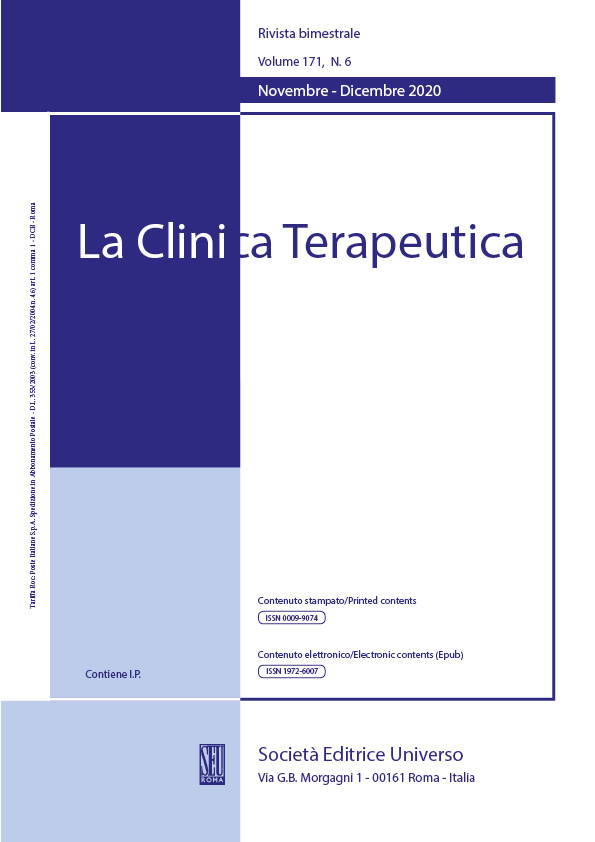Abstract
Background. This study aimed to determine the diagnostic performance of fractional anisotropy (FA) and mean diffusivity (MD) values for glioma grading.
Methods. A total of 42 patients who underwent biopsy or surgery and were histologically diagnosed with glioma from September 2019 to December 2020 were enrolled in this retrospective study. Diffusion tensor imaging (DTI) and conventional magnetic resonance imaging (MRI) were performed preoperatively using 3 Tesla MRI in all cases. The FA and MD values were measured in the solid portion of the tumor, the peritumoral area, and the normal white matter. The diagnostic performances of the absolute and relative FA and MD values for glioma grading were analyzed using the receiver operating characteristic (ROC) curve.
Results. The MD value in the solid portion of the tumor (tMD), the MD value of the solid portion of the tumor relative to that in the normal white matter (rMDt/w), and the FA value for the peritumoral region relative to that of the normal white matter (rFAp/w) showed significant differences between the low-grade (LGG) and high-grade glioma (HGG) groups. The combination of these three parameters provided the largest area under the curve value of 89% with sensitivity, specificity, accuracy, negative predictive, and positive predictive values of 72%, 100%, 74%, 85%, and 56%, respectively, for distinguishing between the LGG and HGG groups.
Conclusion. The tMD, rMDt/w, and rFAp/w values represent useful indices for the differentiation between LGG and HGG. The combination of these indices can improve diagnostic specificity.

